How Having A Facial Deformity Taught Me To Love ALL Of Myself
Embracing all parts of yourself, even your imperfections, is when you will find your real beauty.
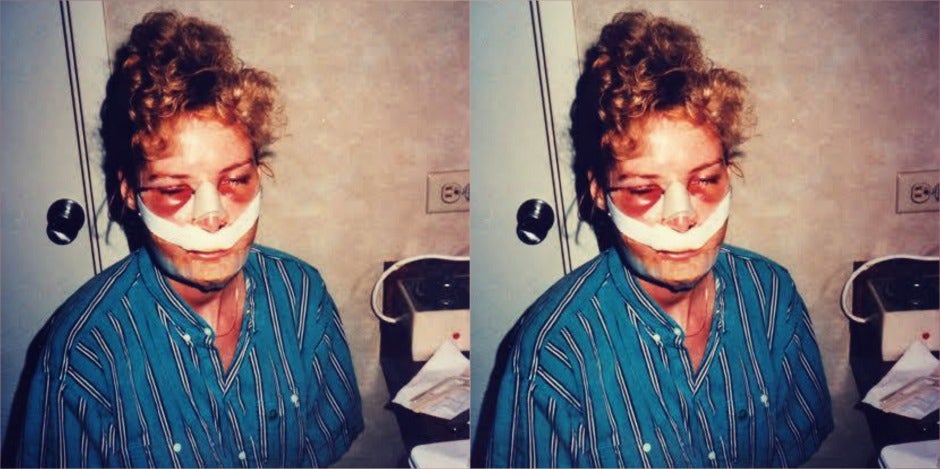 courtesy of the author
courtesy of the author Sometimes the briefest moments in life completely change how we see ourselves, especially when we are young and impressionable.
For me, that moment came in fifth grade. The new girl in our class, who was beautiful, had tanned skin and had already developed breasts was the girl all the boys ogled over. For some reason, she began to give me quite a lot of attention — but not the kind of attention I, or anyone else, would want.
As she contorted her face to mimic what she thought mine looked like, many of my classmates laughed and joined her in making fun of me. While holding her face in that twisted position she would speak in garbled, unintelligible sounds imitating my nasal speech.
Up to that point, my childhood was normal, or at least I thought so. It's true that I was always in one of three stages of time: attending a vast number of doctor appointments to prepare for surgery, having surgery, or recovering from surgery.
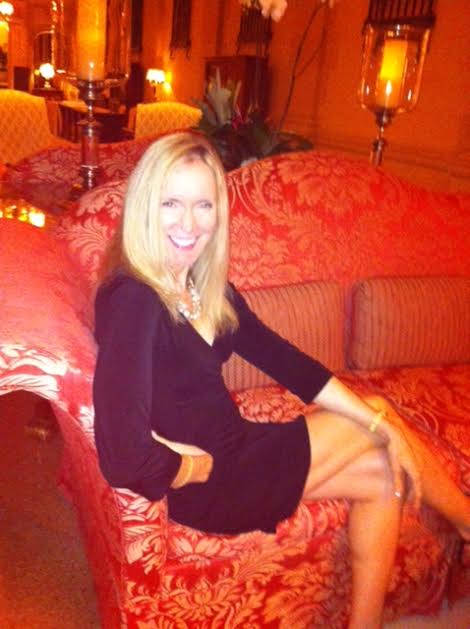
Since this schedule is what I was used to, it felt normal to me. I didn’t have an understanding that I was “different” from the other kids, not until that day in reading class in the fifth grade when the taunts and torments began. At the end of that embarrassing day, I went home and examined myself in the mirror. My asymmetrical face was now completely evident to me. My nose–a bulbous lump of clay. My upper lip-half missing and notched up as an opening all the way up to my nose on one side. My chin jutted out like a witch’s.
Where did this facial deformity come from? Why had I not noticed it before?
I didn’t know I was ugly or different until this moment when someone told me I was. I still remember the shock on that life-changing day that I learned I was not like the other kids. From that moment on I became extremely self-conscious, always trying to hide my face. My looks put me in a category of failure.
Prior to the teasing that ensued from that day forward, I had been outgoing and friendly — that changed drastically. I became meek, always trying to hide my facial deformity. Even hanging my head in shame. I would only let people sit on my left side in hopes that they would see less of my defect and the misshapen, unformed right side of my face.
I never told my parents about the teasing. I did not want to further burden them. They had enough to deal with. They had a kid that required endless doctor appointments, surgeries and speech therapy. I felt guilty about putting them through that. There was no question in my mind that I had to handle the taunting at school on my own.
My brother Mike knew about the ridicule and anguish I was put through on a daily basis. When kids would ask him why his sister was so ugly he threatened to punch them, and numerous times he did actually tackle them to the ground as a way of sticking up for me. He was not always around though so the daily relentless attacks continued — in the hallway, on the playground, in the lunchroom, even right in the classroom while the teacher was standing there. The teasing became a test of endurance, one that I didn't always feel I was winning.
The taunting continued beyond my middle school years. By the time I was fifteen, I was tall and lanky with long blonde hair, prompting guys to whistle at me quite often. Initially, when this would happen I was thrilled but I quickly learned the end result was never a good one. When the catcallers got closer and could see my face they would quickly turn away, often gasping or giving me a look of disgust as they did so.
Every day after school my brother and I would watch The Brady Bunch. I dreamt and prayed to God that somehow one day I would look like Marsha Brady — she was pretty and popular and liked by everyone.
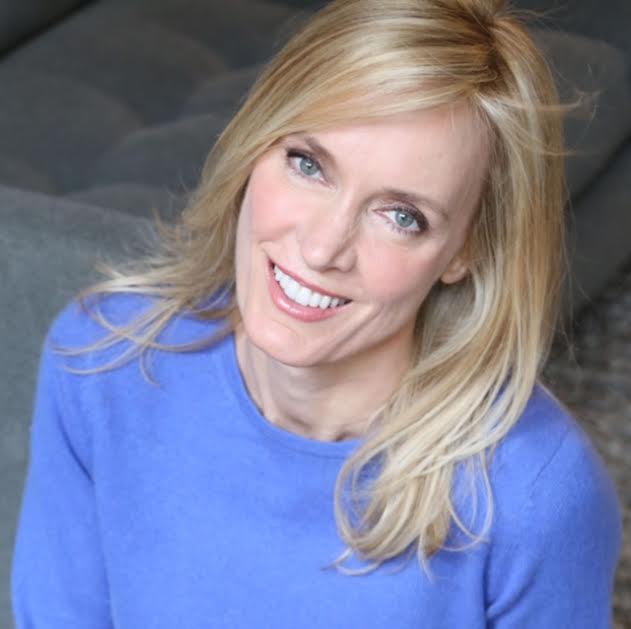
Escaping into this fantasy world of being pretty and liked was not enough to get me through the pain of feeling ugly and isolated. Luckily, I found another way to deal with the pain. When I got home from school I would go to my room, put on my favorite music and dance around my room. I would find so much joy getting lost in the dancing.
Dancing allowed me to escape into another world at any moment that I needed to tune out the pain. Dancing alone in my room made me feel happy and free. I was so passionate about dancing and desperately wanted to take dance lessons but I knew it would only be painful because I was not pretty like the other girls that would be in the class.
I feared it would turn out to be more like school: completely isolating. When I danced, even just alone in my room, all the pain of being different and being teased would be swept away. The dancing taught me to connect with myself in a way that made me feel strong.
The surgeries I had throughout grade school and middle school were only to repair functional problems, as there are a number of physical challenges that are concurrent with a cleft lip and palate. The drainage system in my ears was non-existent, requiring at least three surgeries to place tubes in my ear canal. Airflow was dramatically limited on one side of my smushed nose; this required a separate surgery to try to rebuild my collapsed nostril.
Also, since the skeletal structure in the middle third of my face didn’t grow at all while the rest of my face continued to grow normally, my chin jutted out, creating an unattractive appearance as well as the functional issue of a severe under bite. These were just some of the things that had to be addressed. My life consisted of surgery, surgery, and more surgery.
When I was in my mid-twenties I had my twelfth and final reconstructive facial surgery. This surgery would address the fact that my mid-face had not grown since childhood, and therefore, the surgery would be quite involved. Bone implants in my cheeks and above my lip were just a start. My goal for this surgery was not to attain beauty but rather to obtain an appearance that was close to normal.
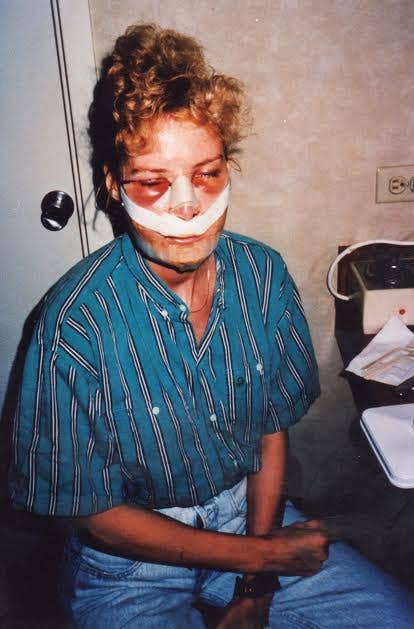
Of course, I daydreamed of what this surgery might achieve but I tried to keep my expectations low. Nothing up to this point had made a drastic difference in the way I looked. Reconstructive surgery is as much of an art as it is science, far more so than cosmetic surgery. Reconstructive procedures deal with a canvas that already has some messy painted lines on it that have to be addressed in creating the new picture versus cosmetic surgery that basically takes place on a blank canvas, meaning usually functionally isn’t an issue.
The morning of my big, final surgery I was more nervous and excited than I had ever been. I kept asking myself, “Would the surgery be successful? What would I look like afterward?”
I was scared.
The more surgeries you have the more bad memories you accumulate. You might not remember the surgery itself, but you remember waking up being violently nauseated. You remember the pain after the anesthesia wears off and you remember the long road to recovery. The fear becomes graver each time, but I still pushed through in hopes of change.
Following the 10-hour surgery, a tremendous amount of pain, and a long recovery it was the first time in twenty-four years that I looked in the mirror and liked the person I saw staring back at me. The surgery had been a greater success than I could have hoped.
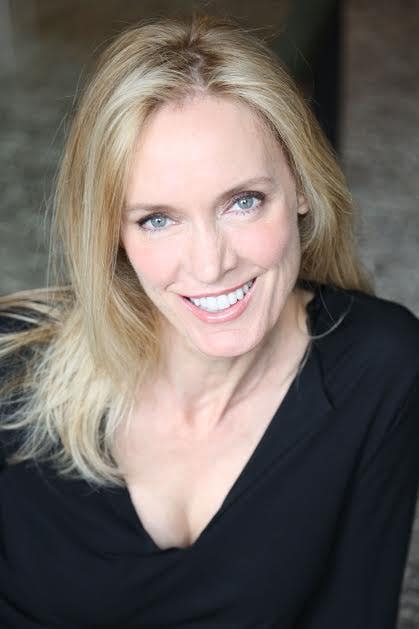
My face was a completely different shape. I no longer have to hang my head in shame or maneuver myself so people were only on my left side, in hopes they would see less of my defect. For the first time in twenty-four years, I wouldn't have to approach the world with a disfigured face. I had a new face to lead me on my journey.
This fact was exhilarating.
Now I would be understood.
Now I would be considered pretty like the other girls.
Now I would never feel alone or left out.
Now I would have a boyfriend.
Now I would be loved unconditionally.
Now I would fit in.
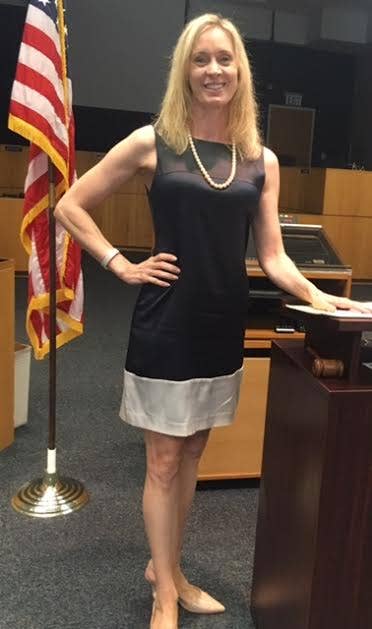
As I made my way back out into the world with my newly shaped face, people were no longer repelled by me; they were magnetized to me. The attraction, though, was not quite as I had pictured. Without even speaking to me people assumed they “knew” me.
Before the surgery when I was not attractive, they assumed I was stupid and unfeminine because of my looks. After the surgery. they assumed I had an easy life, that I could get anything I wanted because of how I looked. I was judged either way based solely on my appearance.
The problem was the same before and after my looks changed. People weren't interested in getting to know me for who I was or what my soul stood for. Post-op they saw me differently but they still did not “see me.” I was experiencing the flip side of the same coin. They didn't see what I had to offer.
Then I looked in the mirror and realized it wasn't so much that others didn’t see me. It was that I didn’t see myself beyond what I had learned to call my ugly face. How could they see me if my own duality still existed?
Even with a nearly normal looking nose and lips, I still repeated the phrases the other kids taught me — “You’re ugly” — and subsequently the words I taught myself — “I hate you.” I had learned to torment and bully myself.
Though my face was mostly new, I was still missing a piece, the most important piece: self-love. I had to learn to love myself, which wasn't easy since I had been taught that I was unworthy of love. The first step in loving yourself is to transform the shame that comes with not being beautiful or perfect.
Until we love ourselves, no one else will know how to love us. And we can’t love just the pretty pieces or the pieces that are easy to love, like in my case my new, nicely-shaped nose. I had to learn to love the scars, the asymmetry of my face, and the way my mouth has an unusual twist when I speak.
It is only when we learn to love the imperfect parts of ourselves that we more fully accept who we are and our real beauty begins to shine through. If we don’t love all the parts of ourselves, no matter what amazing physical changes we create, we will not see our own beautiful heart. It wasn’t until I began to embrace my imperfections that I began to realize my beauty had not suddenly appeared from surgery — it was there all along.

